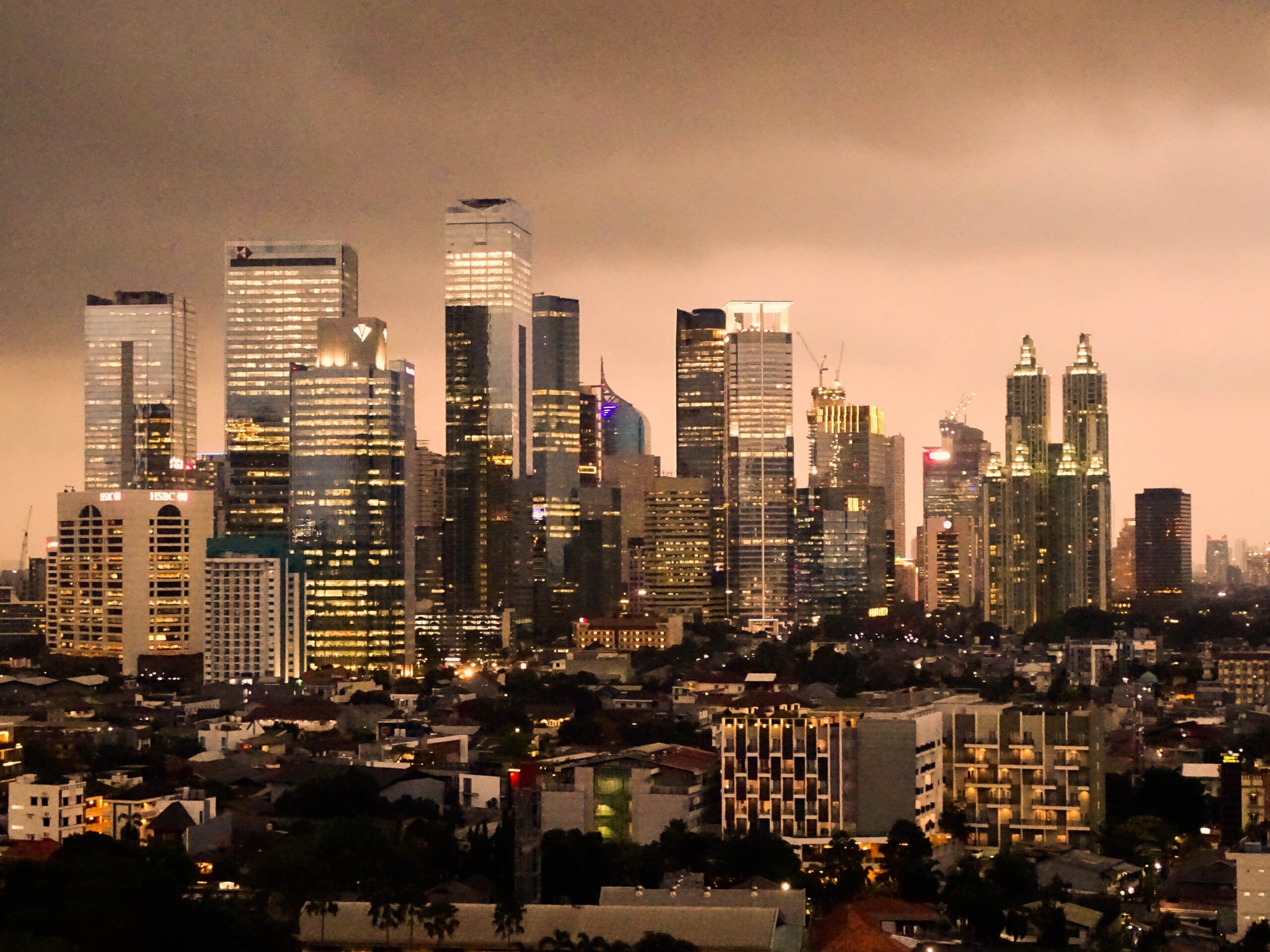
Indonesia, with its captivating allure, continues to beckon South Korean tourists. While Bali and Jakarta have traditionally reigned as the premier destinations for foreign travelers, there’s an intriguing shift on the horizon. South Korean tourists are now casting their gaze towards lesser-known Indonesian gems, particularly Yogyakarta and Batam.
Raden Wisnu Sindhutrisno, the Director of Regional Tourism Marketing I at the Ministry of Tourism and Creative Economy, shared these insights during the Korea Culture & Travel Festival 2023, held in Jakarta’s Kuningan district on a bright Friday (1/9/2023). He emphasized that while Bali’s charm remains undiminished, a subtle transformation is underway, with South Korean tourists diversifying their Indonesian travel portfolios.
Yogyakarta, with its rich cultural tapestry, is emerging as a promising contender. It’s not just about its cultural heritage; the Yogyakarta International Airport’s capacity to accommodate large aircraft adds to its allure.
The Indonesian government, recognizing the immense potential of its coastal and natural treasures, is actively promoting the influx of Korean tourists to destinations like Mandalika in West Nusa Tenggara (NTB) and the serene beauty of Lake Toba in North Sumatra.
Beyond Yogyakarta’s cultural riches, other Indonesian destinations are capturing the imagination of South Korean travelers. Manado and Batam, in particular, are evolving as sports tourism hotspots, catering to the South Korean penchant for sports-related adventures.
“They have a penchant for sports tourism, including water sports and golf, which they find not only exhilarating but also affordable,” Wisnu observed, shedding light on the attractions that lure South Koreans to these destinations.
In terms of timing, Wisnu pointed out that there are strategic windows to court Korean tourists. Four distinct holiday seasons come to the fore, including winter and summer, interspersed with the golden weeks, precious intervals spanning approximately two weeks, typically occurring between April and May, and then later in September, October, or during the enchanting autumn season.
Moreover, it’s worth noting that flights to Jakarta predominantly serve business purposes, whereas Bali remains the quintessential holiday haven. The numbers tell the tale – airlines offer nine flights to Bali compared to just three to Jakarta, underscoring Bali’s allure as a leisure destination.
Korean Air, as a testament to Bali’s magnetism, operates a staggering nine flights weekly to Denpasar, Bali’s main airport. They are also actively exploring options to further enhance connectivity to Denpasar, a clear indication of the island’s evergreen appeal.
What fuels the enthusiasm for Indonesian beach destinations among South Korean tourists? It’s the welcoming warmth, a stark contrast to their oft-chilled homeland. The desire to bask on sun-kissed shores and relish the tropical embrace is a recurring theme. Indonesia’s mountains, on the other hand, offer a mild reprieve from the intense cold experienced by South Koreans.
Additionally, Wisnu pointed out that Bali is not only revered for its natural beauty but is increasingly capturing the hearts of Korean couples as an idyllic honeymoon and wedding destination, completing the narrative of South Korean travelers’ evolving preferences for Indonesian getaways.






















